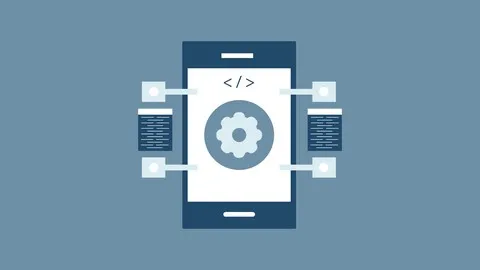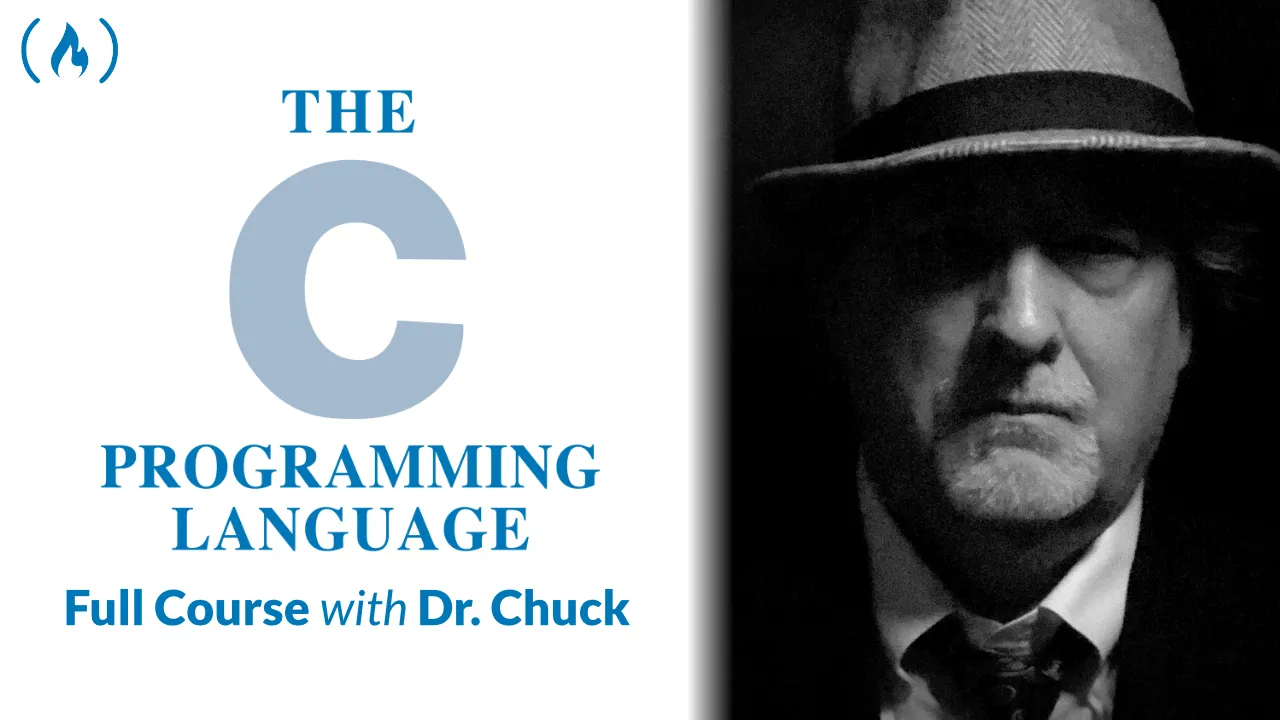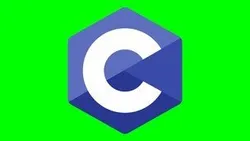
An introduction to debugging C and Java 
Debugging broken programs can be a daunting task, but this guide provides an introduction to debugging C and Java programs from the terminal and within an IDE. Gain the skills to identify and fix errors quickly and efficiently. ▼
ADVERTISEMENT
Course Feature
![]() Cost:
Cost:
Free
![]() Provider:
Provider:
Udemy
![]() Certificate:
Certificate:
No Information
![]() Language:
Language:
English
![]() Start Date:
Start Date:
Self Paced
Course Overview
❗The content presented here is sourced directly from Udemy platform. For comprehensive course details, including enrollment information, simply click on the 'Go to class' link on our website.
Updated in [March 06th, 2023]
This course provides an introduction to debugging C and Java programmes. It is designed to help students understand the fundamentals of debugging and how to use debugging tools to detect and correct faults in their programmes.
At the beginning of the course, students will learn the basics of debugging, including the different types of errors and how to identify them. They will also learn how to use debugging tools such as GDB and Eclipse to detect and fix errors in their programmes.
In the second part of the course, students will learn how to use GDB to debug C programmes. They will learn how to set breakpoints, step through code, and use GDB commands to detect and fix errors.
In the third part of the course, students will learn how to use Eclipse to debug Java programmes. They will learn how to set breakpoints, step through code, and use Eclipse commands to detect and fix errors.
At the end of the course, students will be able to write clean, legible programmes that make debugging considerably easier. They will also be able to utilise GDB to detect and correct faults in C programmes, and utilise Eclipse to detect and fix faults in Java programmes.
This course is ideal for students who are new to debugging and want to learn how to use debugging tools to detect and fix errors in their programmes. It is also suitable for experienced programmers who want to brush up on their debugging skills.
[Applications]
At the end of this course, students should be able to apply the knowledge they have gained to debug C and Java programmes. They should be able to use GDB to detect and correct faults in C programmes, and Eclipse to detect and fix faults in Java programmes. Additionally, they should be able to write clean, legible programmes that make debugging considerably easier.
[Career Paths]
1. Software Developer: Software developers create and maintain software applications and systems. They are responsible for designing, coding, testing, and debugging software programs. With the knowledge gained from this course, software developers can use debugging tools to detect and fix faults in C and Java programs. This is an in-demand job with a growing demand due to the increasing use of technology in everyday life.
2. Software Tester: Software testers are responsible for testing software applications and systems to ensure they are functioning properly. With the knowledge gained from this course, software testers can use debugging tools to detect and fix faults in C and Java programs. This is an in-demand job with a growing demand due to the increasing use of technology in everyday life.
3. System Administrator: System administrators are responsible for maintaining and managing computer systems. With the knowledge gained from this course, system administrators can use debugging tools to detect and fix faults in C and Java programs. This is an in-demand job with a growing demand due to the increasing use of technology in everyday life.
4. Technical Support Engineer: Technical support engineers provide technical assistance to customers and clients. With the knowledge gained from this course, technical support engineers can use debugging tools to detect and fix faults in C and Java programs. This is an in-demand job with a growing demand due to the increasing use of technology in everyday life.
[Education Paths]
1. Bachelor of Computer Science: This degree path provides students with a comprehensive understanding of computer science fundamentals, such as programming, software engineering, and computer architecture. It also covers topics such as artificial intelligence, data structures, and algorithms. With the increasing demand for software development and debugging, this degree path is becoming increasingly popular.
2. Bachelor of Software Engineering: This degree path focuses on the development of software applications and systems. It covers topics such as software design, software testing, and software maintenance. It also provides students with the skills to debug software applications and systems. With the increasing demand for software engineers, this degree path is becoming increasingly popular.
3. Master of Computer Science: This degree path provides students with an advanced understanding of computer science fundamentals, such as programming, software engineering, and computer architecture. It also covers topics such as artificial intelligence, data structures, and algorithms. With the increasing demand for software development and debugging, this degree path is becoming increasingly popular.
4. Master of Software Engineering: This degree path focuses on the development of software applications and systems. It covers topics such as software design, software testing, and software maintenance. It also provides students with the skills to debug software applications and systems. With the increasing demand for software engineers, this degree path is becoming increasingly popular.
Pros & Cons

Comprehensive introduction to debugging C and Java.

Good range of examplar practices on debugging.

No/little prior knowledge needed.

Solved examples provided.

First part could have been done differently.

Examples could have been more useful.

Explanations too fast.
Course Provider

Provider Udemy's Stats at AZClass
Discussion and Reviews
0.0 (Based on 0 reviews)
Explore Similar Online Courses

Free Image Editing Tutorial - Enhancing Photos for Complete Beginners

IELTS Writing Section Skills Mastery

Python for Informatics: Exploring Information

Social Network Analysis

Introduction to Systematic Review and Meta-Analysis

The Analytics Edge

DCO042 - Python For Informatics

Causal Diagrams: Draw Your Assumptions Before Your Conclusions

Whole genome sequencing of bacterial genomes - tools and applications

Learn C Programming Using the Classic Book by Kernighan and Ritchie

C Programming: Modular Programming and Memory Management - 3

C - Fast Crash Course - Introduction
 Related Categories
Related Categories
 Popular Providers
Popular Providers
Quiz
 Submitted Sucessfully
Submitted Sucessfully
1. What is GDB?
2. What is Eclipse?
3. What will students be able to do by the end of this course?


Start your review of An introduction to debugging C and Java